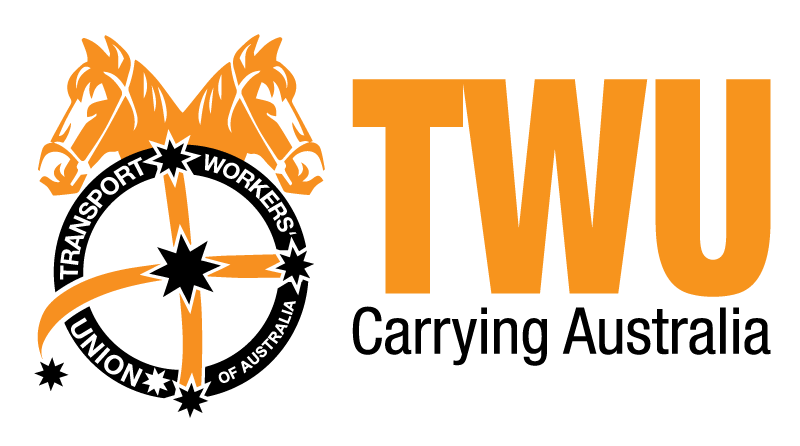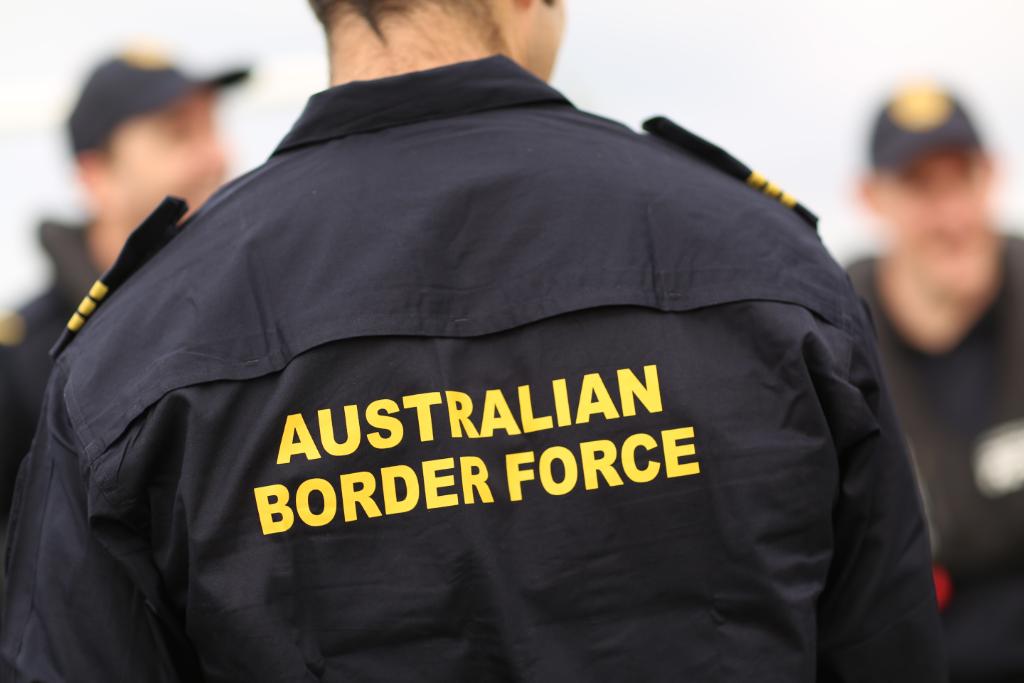The Morrison Government is ramping up plans to turn Great Barrier Reef islands into ecological arks that can play a vital role in wildlife sustainability, water quality and marine health.
Minister for the Environment Sussan Ley today announced that $5.5 million would be invested in island restoration projects in the Northern Great Barrier Reef.
The main focus will be the remote Morris Island off the Lockhart River in Cape York, where the invasive sisal hemp (once kept as a houseplant and for fibres that could be used in ropes, nets and baskets) now covers more than 60 per cent of the island. Funds will also go towards restoring native Pisonia trees on other islands that support important seabird populations.
The announcement comes as Minister Ley reviewed the spectacular success of restoration programs on Lady Elliot Island, which have been supported through a $5 million Commonwealth investment via the Reef Trust as part of the Great Barrier Reef Foundation’s $14 million Reef Islands Initiative.
The once heavily degraded ‘guano’ mine site has become an incredible haven for marine life, native plants and animals, and migratory birds, and has seen a 125% increase in turtle nesting habitat at the island’s main beach, the revegetation of eight hectares of island landscape, the planting of 5,000 native coral cay trees plants and grasses, and the removal of hundreds of invasive umbrella trees.
“The Reef is a highly inter-connected area, both above and below the water, and the restoration of these islands can have significant flow on benefits throughout the ecosystem, increasing the resilience of the Reef and its marine environment,” Minister Ley said.
“There are 1050 islands along the reef ranging from the pristine to former mine sites, disused tourism destinations and those that have been damaged by introduced pest species.
“As part of the Reef Islands initiative, Dr Kathy Townsend of Sunshine Coast University is leading new ‘leaf to reef’ research that follows the nutrient trail between islands and its importance to corals and marine life, as well as researching the importance of Lady Elliot’s reefs as a biodiversity ‘ark’ in the region.
“Lady Elliot is the first island regeneration project ever attempted at such a scale, it is a tribute to the dedication of people like island custodian Peter Gash who has pioneered much of the work, and an inspiring example of how environments can be restored and how we can interact with them in a sustainable way.
“Through our work on Lady Elliot with the Foundation, our Reef Joint Field Management Program with the Great Barrier Reef Marine Park Authority and the Queensland Parks and Wildlife Service, which is delivering this new investment in Morris Island, we are hoping to restore these environmental havens.”
Managing Director of the Great Barrier Reef Foundation Anna Marsden said that the Reef Islands Initiative is just one of our more than 60 Reef-saving projects being delivered right now and has now been extended to the Whitsundays with ongoing support from the Australian Government, Lendlease, the Queensland Government and the Fitzgerald Foundation.
“The success of Lady Elliot Island proves that we can restore critical habitats to protect ecosystems and save vulnerable species.” Ms Marsden said.
“In the Whitsundays we are working with stakeholders from the local community, Traditional Owners and tourism operators to identify the priority actions and areas for restoration that would ensure this critical habitat is future proofed.”







